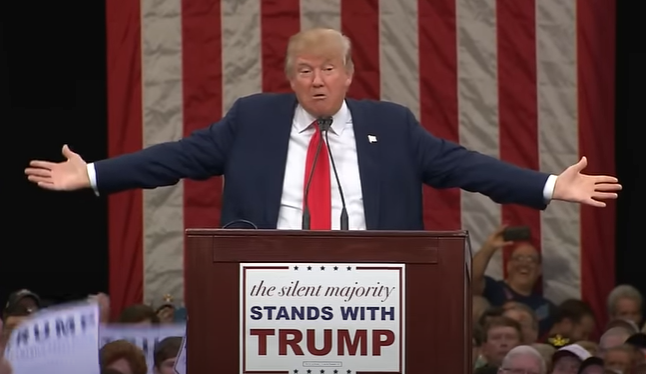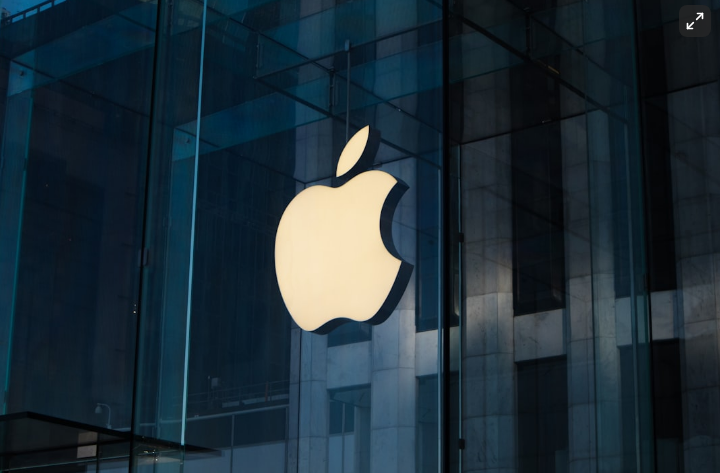Trump’s $100,000 H-1B Visa Fee Sparks Chaos: Workers, Tech Firms, and Hospitals Brace for Fallout
- Natalie Frank
- Sep 22
- 5 min read
Updated: Sep 25
Confusion, fear, opportunity collide as new visa rules reshape America’s immigration, future of technology innovation
Natalie C. Frank, Ph.D

Seattle software engineer Henry Pan was halfway across the world when his phone lit up with alerts that would upend his life.
Riding a high-speed train back to his hometown of Nanjing, China, Pan was on his way to his sister’s wedding when news broke: President Donald Trump had issued a sweeping proclamation imposing a $100,000 fee on new H-1B visas. The order, which took effect less than 48 hours later, sent shockwaves through immigrant communities and corporate America.
Emails from employers, attorneys, and friends urged H-1B holders abroad to return immediately or risk being locked out.
“I was home for just 20 minutes before leaving again,” Pan recalled. He and his girlfriend scrambled to book last-minute flights through Seoul, sacrificing family milestones and personal plans. “We both felt really sad,” he said.
Pan was not alone. Cellphone videos showed H-1B workers frantically disembarking planes, abandoning vacations, and cutting short reunions to avoid being trapped overseas. Jackie Chen, a data scientist on holiday in Japan, said she raced back after watching Trump sign the order on YouTube at dawn. “I was terrified. If I didn’t return in time, I was afraid my company might just fire me.”
Halfway through her flight to Seattle, the White House issued a clarification: existing H-1B holders would not be affected. Relief quickly turned to anger. “At that moment, I felt extremely angry and frustrated. I felt like I had been played,” Chen said.
Trump’s 1,770-word decree accused the H-1B program of “systemic abuse” and enabling the “large-scale replacement of American workers.” It introduced two sweeping measures:
A $100,000 application fee for all new H-1B petitions.
A new “Trump Gold Card” program offers citizenship pathways for foreigners willing to invest $1 million in the U.S.
Commerce Secretary Howard Lutnick first suggested the fee would apply broadly, but the White House quickly walked back his comments, saying it was a one-time charge for new applications only. Still, the flip-flop left attorneys and workers scrambling.
“In a world where a missed checked box can determine whether someone can work in this country or not, the nitty-gritty matters,” said Xiao Wang, CEO of Boundless Immigration. “Each subsequent clarification… increases the fear people have about doing something wrong and being punished for it later.”
Immigration lawyer John Medeiros said the rollout is typical of Trump’s governing style: “That’s how this administration does things: ready, fire, aim.”
The sharpest anxiety came from the medical sector, where H-1B holders make up nearly one-third of U.S. residents in training. “This will be absolutely devastating in the medical field,” said Seattle pulmonologist Nicholas Mark. “No hospital will pay a $100,000 fee for a $55,000 resident salary.”
Immigration attorney Sukanya Raman said there may still be hope. The proclamation gives the Secretary of Homeland Security broad authority to exempt industries deemed in the national interest. Healthcare has often been treated that way, especially during the pandemic.
Past exemptions covered doctors and nurses treating COVID-19, medical researchers tackling public health crises, and specialists serving rural hospitals. “Doctors and nurses, and other health care workers, if need arises may be exempt from the fee,” Raman said.
Whether those carveouts will apply today remains uncertain, but many hospitals are lobbying for them, warning of severe physician shortages if foreign-trained residents are priced out.
The tech world, long dependent on H-1Bs, reacted with alarm. More than 70% of approved petitions go to Indian nationals, mostly in computer-related jobs. Companies from Silicon Valley to Seattle count on these workers for engineering, AI, and software development roles.
The U.S. issues 85,000 new H-1Bs each year, but it renews hundreds of thousands more. In 2022, approvals hit over 440,000. For fiscal year 2024, the number stayed near 400,000.
Trump’s team says that growth shows abuse by outsourcing firms that flood the system with applications to lock in cheaper labor. On the day of the proclamation, the Department of Labor launched Project Firewall to audit employers suspected of gaming the program.
“By rooting out fraud and abuse, the Department of Labor and our federal partners will ensure that highly skilled jobs go to Americans first,” Labor Secretary Lori Chavez-DeRemer said.
Critics warn the blunt tool of a six-figure fee will backfire. “People are going to choose more stable countries like Canada,” Wang said, calling the policy a long-term threat to U.S. competitiveness.
The ripple effects go beyond corporate boardrooms and hit people personally. For Pan, a missed wedding left a lasting wound. For Chen, a lost surf trip meant thousands in last-minute airfare, cancellations, and hotel costs after she sublet her apartment.
The emotional toll could be worse. “The second is being tormented back and forth by this policy, and never knowing what’s coming next,” Chen said. Many H-1B holders now talk about building “Plan B” escape routes, eyeing Canada, Europe, or Australia as more stable options.
No country has more at stake than India. Indians make up more than 70% of H-1B visa holders, and IT firms like Infosys, Wipro, and TCS are among the biggest sponsors.
India’s Ministry of External Affairs said it is studying the implications but warned the policy will cause humanitarian strain.
“Skilled talent mobility and exchanges have contributed enormously to technology development, innovation, economic growth, competitiveness and wealth creation in both the United States and India,” spokesperson Randhir Jaiswal said.
Some in India see opportunity. “The proposed $100,000 H-1B visa fee is nothing short of a wall against global talent,” said Sanjay Tripathy, CEO of payments firm BRISKPE. “America may be closing its doors, but for India this is an unprecedented opportunity to harness its brightest minds.”
Key Questions About the New Fee
Even after clarifications, confusion remains. Here are answers to some of the most pressing questions:
Does it apply to current H-1B holders? No. Only new applicants are affected.
Does it apply to renewals? No. Renewals stay at the prior fee levels.
When did it take effect? September 21, 2025.
Why impose it? Trump says it protects American jobs and wages, calling the program a “national security threat.”
What about healthcare workers? They may qualify for exemptions under the national interest clause.
What’s the impact on companies? Hiring 10 workers now costs an extra $1 million — a serious barrier for startups and small businesses.
The H-1B visa has always been a lightning rod. Elon Musk once defended it as the pathway that allowed him to build Tesla and SpaceX, even as many Trump supporters call it a loophole that undermines U.S. workers.
Now that tension has reached a breaking point. The fee might cut short-term reliance on foreign labor, but it risks hollowing out America’s research labs, hospitals, and startups over the long term.
For Pan, Chen, and thousands of others, the uncertainty itself is corrosive. Their futures remain hostage to sudden proclamations and shifting rules. As Chen put it: “They don’t value people like us who hold H-1B visas. It feels like we’re not important.”






